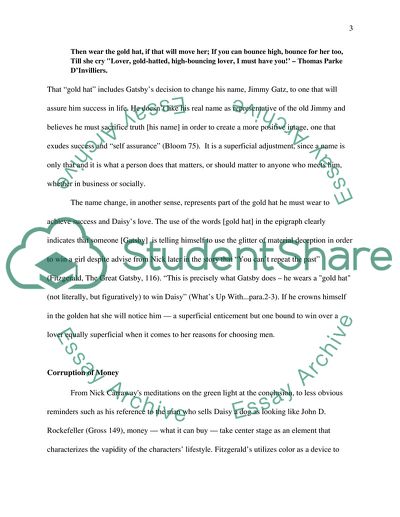Cite this document
(The Vapidity of the American Dream: Characterization in F. Scott Book Report/Review, n.d.)
The Vapidity of the American Dream: Characterization in F. Scott Book Report/Review. https://studentshare.org/literature/1568638-the-use-of-a-single-literary-device-characters-in-the-novel-the-great-gatsby-by-fitzgerald
The Vapidity of the American Dream: Characterization in F. Scott Book Report/Review. https://studentshare.org/literature/1568638-the-use-of-a-single-literary-device-characters-in-the-novel-the-great-gatsby-by-fitzgerald
(The Vapidity of the American Dream: Characterization in F. Scott Book Report/Review)
The Vapidity of the American Dream: Characterization in F. Scott Book Report/Review. https://studentshare.org/literature/1568638-the-use-of-a-single-literary-device-characters-in-the-novel-the-great-gatsby-by-fitzgerald.
The Vapidity of the American Dream: Characterization in F. Scott Book Report/Review. https://studentshare.org/literature/1568638-the-use-of-a-single-literary-device-characters-in-the-novel-the-great-gatsby-by-fitzgerald.
“The Vapidity of the American Dream: Characterization in F. Scott Book Report/Review”. https://studentshare.org/literature/1568638-the-use-of-a-single-literary-device-characters-in-the-novel-the-great-gatsby-by-fitzgerald.


